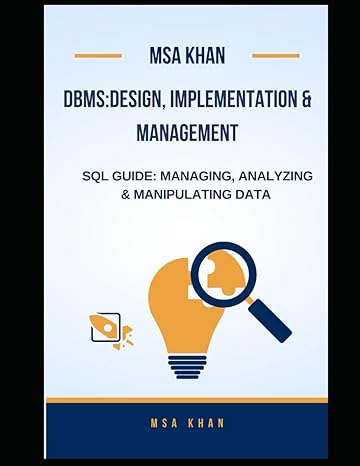Answered step by step
Verified Expert Solution
Question
1 Approved Answer
3 . For TCP end - to - end flow control, suppose the capacity of the receiver buffer is 1 0 packets. Suppose the packets
For TCP endtoend flow control, suppose the capacity of the receiver buffer is packets. Suppose the
packets that are being queued in the receiver buffer are packets What is the advertised
window size the receiver sent to the sender Suppose packet is the last packet sent by the sender
Whats the effective window size at the sender Can the sender send out packet at this moment? How
about packet
Consider a TCP Tahoe flow. Assume the initial TCP congestion window size is cwnd packet,
ssthreshold packet, and the sender sends out packets starting from packet Suppose packet is lost
in its first transmission and will go through in subsequent try. All other packets will go through in their
first transmission. Plot the time line graph for this flow until the transmission of packet You also need
to show the value of cwnd and ssthreshold in your time line figure. In your calculation, ignore the impact
from awnd ie we assume awnd is sufficiently large and assume TCP timeout is three times the RTT
What is the time line figure for a TCP Reno flow, given that all the other conditions are the same as in
question You also need to show the value of cwnd and ssthreshold in your figure.
Step by Step Solution
There are 3 Steps involved in it
Step: 1

Get Instant Access to Expert-Tailored Solutions
See step-by-step solutions with expert insights and AI powered tools for academic success
Step: 2

Step: 3

Ace Your Homework with AI
Get the answers you need in no time with our AI-driven, step-by-step assistance
Get Started


